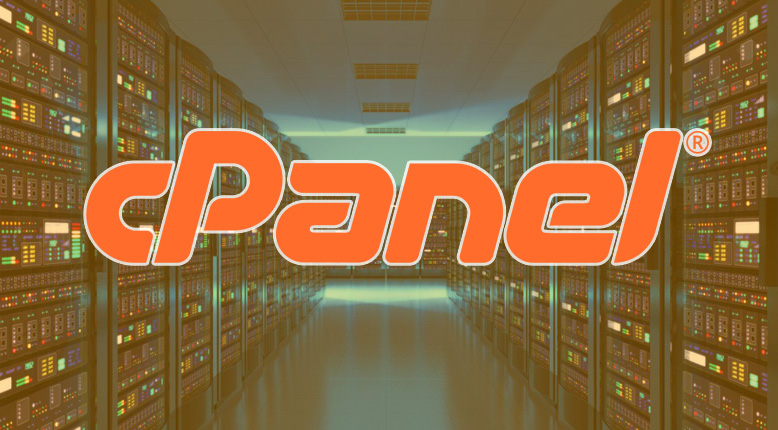News Courtesy of cPanel.com:
As most of you are aware, EasyApache3 (EA3) is going to End of Life status as of December 2018. Moving to EOL status means that if you are still running EA3 by the time v78 is released, you will not be able to upgrade to the newest version of cPanel & WHM.
So What’s Great About EA4?
As you may not be aware, EasyApache4 updates are automatic. Because EA4 is all RPM based, your operating system will handle all of the package updating on its own. There is no more recompiling Apache and PHP for a minor update! If you need to run multiple versions of PHP, EA4 supports managing multiple PHP versions with MultiPHP.
cPanel’s Web Hosting Manager is one of the most robust server administrator applications for (the lack of a better term) managing websites. It’s become so popular that you’d be hard-pressed to find it in a non-acronym form (WHM) on the company’s website. EasyApache is perhaps the most recognizable module of WHM for its ability to make compiling Apache and PHP modules a breeze. In previous versions of EA, watching it build profiles through hundreds of lines of code gave me a sense of deep relief. I’m no expert in server administration and trying to learn all the proper Linux commands for compiling would take me ages!
I was first introduced to EA with EasyApache3. The fact that I could customize PHP configurations and options to suit my optimization needs was very much appreciated. The only downside was that it took some time for building these profiles. It wasn’t uncommon to watch EA do its thing for 5-10 minutes before it was ready. In that time, I didn’t dare mess around in other panels of WHM for fear of breaking something during the process. That might not seem like a long time but as someone who is very particular about server maintenance and downtime, every second was important.
When EasyApache4 came along, it was a simple procedure to migrate/update my profiles. Since then, I’ve tinkered around and rebuilt new profiles. My first experience building a profile with EA4 was one of amazement. After selecting the appropriate PHP modules and other options I expected a similar amount of time to deploy/build this new profile. Instead, there were no lines of code to view processing in the background. The whole building process was over in less than a minute. cPanel really nailed down the functionality and deployment of EA4!
MultiPHP Balances Compatability and Functionality
As mentioned in the snippet, EA4 supports multiple installations of different PHP versions. Why is this important? While it has been a couple years since PHP had it’s last major upgrade to version 7, there are still websites on my server which I consider relics. Meaning they were built around 2012-2014. An eon ago in internet ages. My clients for those older websites are still happy with them and would rather not pay for a makeover. Fair enough. But with the lack of a major overhaul, certain themes and plugins that are no longer maintained may break with PHP 7. This forces me to leave them at PHP 5.6.
EA4’s support for MultiPHP makes it a breeze to individually choose which version of PHP should be run on any particular domain. I’m able to build new websites on the latest version while still maintaining compatibility for older websites. Since PHP 7 is much faster than previous versions, it also gives me a leg up to pitch these older clients a redesign. Website speed is definitely a factor when it comes to user experience AND SEO. Adding that little nugget of information along with a redesign for pitching my older clients certainly helps increase my chances of getting them to transition to a new website.



